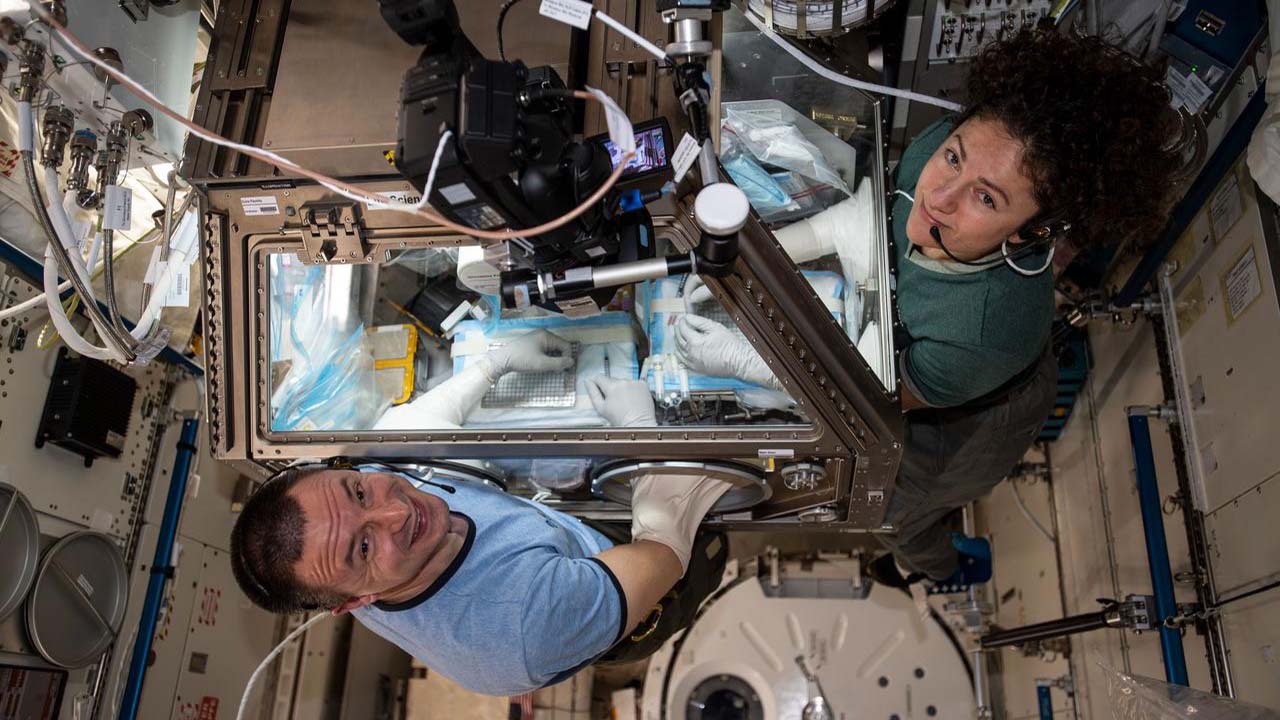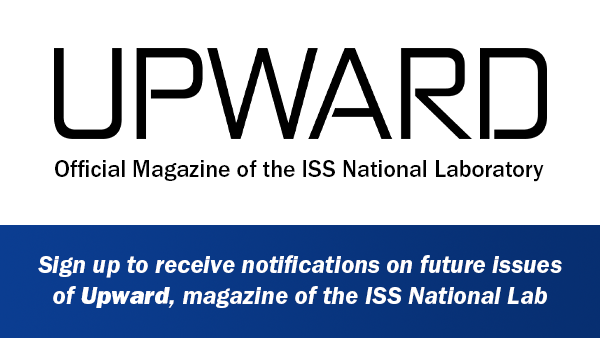Standing outside looking upward, I gaze intently into the dark night until I finally see it. It looks like a small bright dot moving across the sky, but I know it is much more than that. It is our nation’s only orbiting laboratory—the International Space Station (ISS), and it enables science and technology breakthroughs not possible on Earth.
For more than 20 years, there has been a continuous human presence on the ISS. In those two decades, we have gained an incredible amount of knowledge. We have learned not only how to live and work in space but also how the unique space environment can be used to benefit life back on Earth.
After all the years of assembling the ISS, validating capabilities on station, and conducting initial studies exploring the benefits of space-based research, we have entered a new and exciting phase: a decade of results. Now, we can take all that we have learned and focus on leveraging the ISS for studies that clearly demonstrate the value of space-based research and technology development (R&D). These results are what will propel us into the future—a future of commercial space stations and a robust economy in low Earth orbit (LEO).
For the past 11 years, the Center for the Advancement of Science in Space, Inc. (CASIS) has managed the ISS National Laboratory. During this time, the ISS National Lab has sponsored more than 675 investigations that have launched to station. These projects span research areas across the board, from life and physical sciences to materials science, Earth observation, technology development, and more. Through this extensive R&D, the ISS National Lab has identified key areas of research with high potential to provide value and has concentrated efforts on advancing these areas. As we move through this decade of results, the ISS National Lab aims to build economic value in space and support technology development that will enable the industrialization of LEO.
In this issue of Upward, we highlight exciting results from ISS National Lab-sponsored research in three strategic focus areas. The cover story, “Fueling the Low Earth Orbit Economy,” takes readers on the journey of a small startup making big strides in creating a sustainable market in LEO. Through testing on the ISS, Orbit Fab successfully validated technology for in-space refueling, which could fundamentally change the satellite industry. The ISS serves as a valuable platform for technology demonstrations such as this that advance products and processes that will lead to positive economic impact.
The feature “Mighty Mice to the Rescue” tells the story of two researchers that came together to examine bone and muscle loss in space to improve patient care on Earth. The researchers, from the Jackson Laboratory and the University of Connecticut, used mice in microgravity to study proteins involved in muscle and bone loss that could be targeted to develop new therapeutics. Published results from fundamental science such as this provide a strong knowledge base on which future applications can be built.
In the feature, “Space Crystals and the Search for a Cancer Cure,” readers discover why scientists from Frederick National Lab turned to the ISS National Lab to solve their protein crystal problem. The research team used microgravity conditions to produce improved crystals of a protein that plays a key role in several types of cancer. In-space production applications such as this demonstrate the value of space-based manufacturing and product development activities that could lead to business growth and scalable market opportunities.
In looking to the future of space-based R&D, I am excited by the endless possibilities and invaluable discoveries that await. When I see that small bright dot of the ISS moving across the night sky, I feel pride. By daring to look upward, we have opened a new frontier of science in space to improve the lives of people on Earth.








